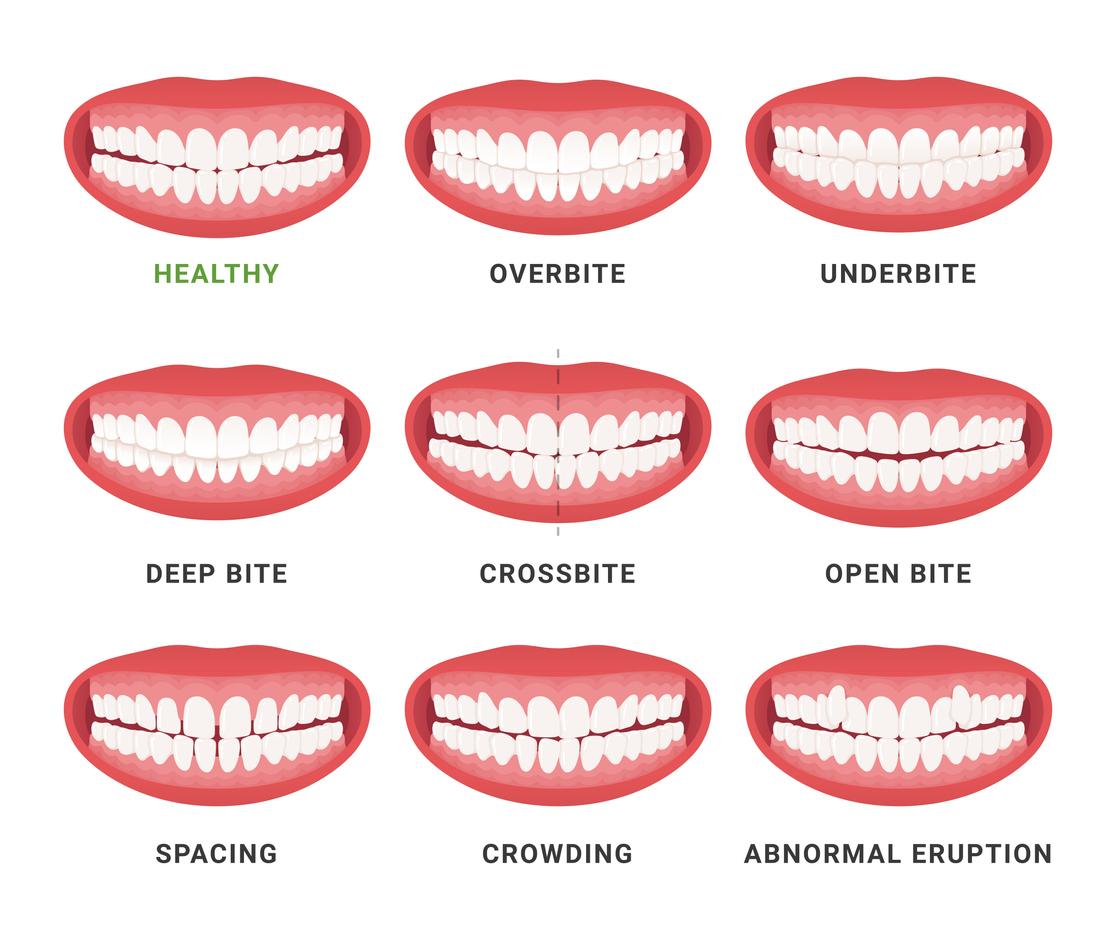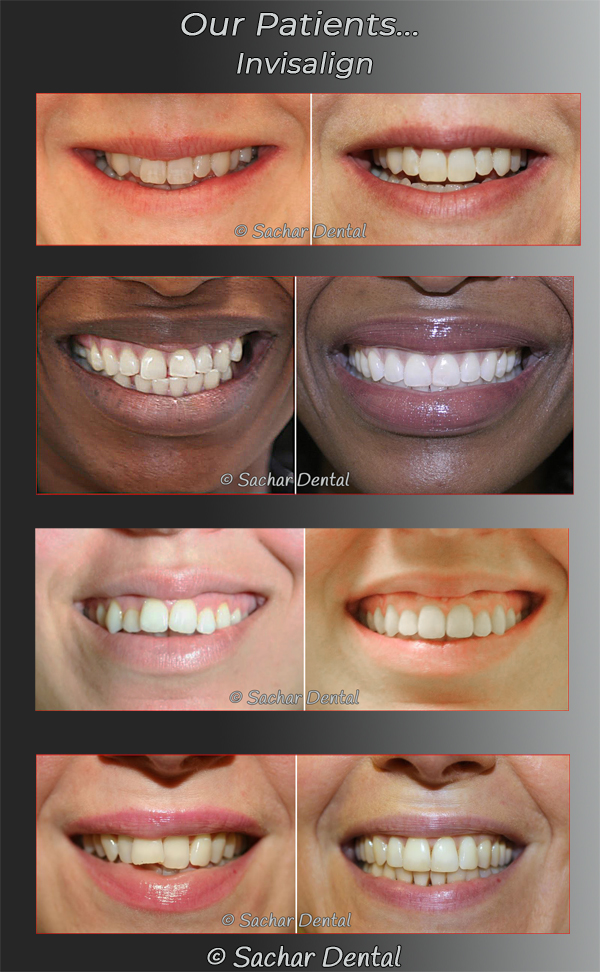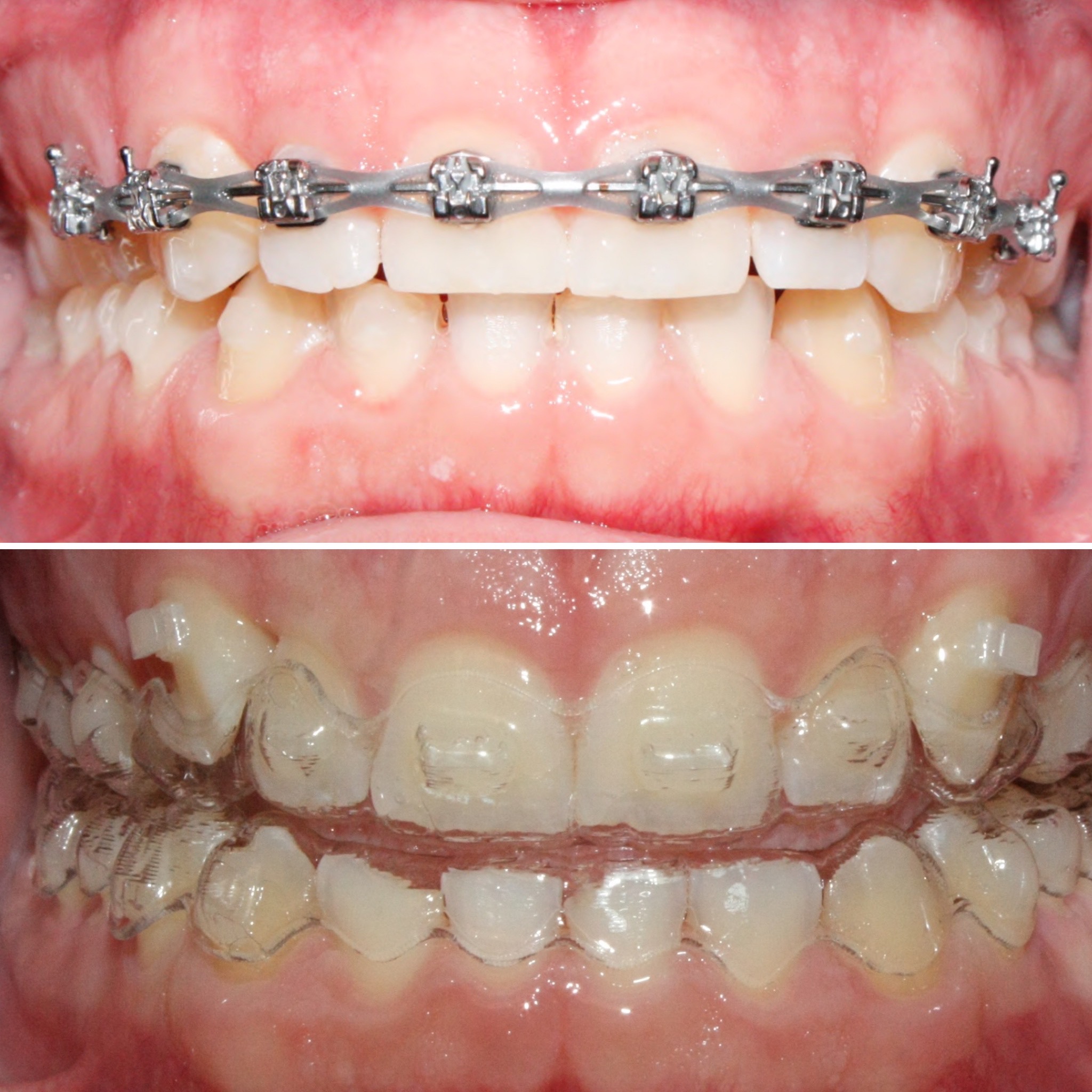The Price of Invisalign: Recognizing the Investment in Your Smile
The Price of Invisalign: Recognizing the Investment in Your Smile
Blog Article
Invisalign vs. Conventional Dental braces: Which Choice Is Right for You?
When thinking about orthodontic therapy, the option in between Invisalign and standard dental braces presents several crucial aspects that warrant mindful examination. Invisalign provides a discreet alternative with removable aligners, while typical dental braces give a more visible yet reliable solution for severe imbalance.
Review of Therapy Choices

On the other hand, conventional dental braces include steel braces and cables that are adhered to the teeth. This method applies continual pressure gradually to achieve positioning. While reliable for complicated orthodontic problems, conventional dental braces require normal sees for modifications and can pose difficulties in preserving dental health as a result of the difficulty of cleansing about wires and braces.
Both options have their merits, and the selection commonly depends upon details oral conditions, lifestyle choices, and client conformity. Ultimately, getting in touch with an orthodontic specialist is essential for establishing one of the most appropriate treatment plan tailored to specific demands. Understanding the nuances of each option can substantially affect the general success of orthodontic therapy.
Aesthetic Considerations
A substantial element affecting the selection in between Invisalign and traditional dental braces is the visual charm each treatment uses. Invisalign aligners are crafted from clear plastic, making them basically undetectable when put on. This discreet appearance is particularly interesting grownups and teenagers that might really feel uncomfortable concerning their orthodontic therapy. The ability to maintain an all-natural smile throughout the positioning procedure can substantially enhance the patient's self-confidence in specialist and social settings.
In comparison, conventional dental braces contain metal braces and cables, which can be a lot more visible. While developments in orthodontic innovation have brought about the development of smaller sized braces and tinted elastics, traditional braces still keep a more conspicuous account. For some people, the exposure of braces may discourage them from seeking necessary treatment.
Eventually, the choice in between Invisalign and typical dental braces may rest on personal preferences concerning aesthetics. Clients who focus on discernment commonly favor Invisalign, while those that are less concerned regarding presence may go with traditional dental braces. Understanding the aesthetic effects of each alternative is vital for making a notified decision that straightens with one's way of living and preferences.
Comfort and Convenience

In terms of convenience, Invisalign aligners are detachable, enabling patients to appreciate their favored foods without restriction and maintain optimum oral hygiene. Cleaning and flossing are simplified, as the aligners can be obtained during these routines, whereas typical braces require mindful maneuvering around cables and braces.
In addition, Invisalign's progressive system permits for less orthodontic brows through. Clients normally obtain several collections of aligners at once, which can simplify the therapy procedure and minimize time spent in the orthodontist's chair. In comparison, traditional dental braces demand regular adjustments, making them much less convenient for those with hectic schedules. Invisalign. On the whole, the comfort and ease of Invisalign make it an attractive selection for lots of individuals seeking orthodontic treatment.
Therapy Period and Efficiency
While both Invisalign and traditional braces work in fixing dental misalignments, the period of therapy can differ considerably between both alternatives. Typically, Invisalign therapy can take anywhere from 12 to 18 months, relying on the complexity of the instance. The clear aligners function by gradually moving teeth right into their preferred settings, and routine follow-ups with an orthodontist assistance make sure development continues to be on course.
On the other hand, conventional dental braces commonly need a longer dedication, generally varying from 18 months to three years. This is due to their fixed nature and the usage of braces and cords, which can be a lot more reliable for complex situations and serious misalignments (Invisalign). The treatment performance of traditional braces is well-documented, as they permit exact modifications and higher control over tooth motion
Ultimately, the choice in between Invisalign and traditional braces may depend upon both the expected therapy period and the certain dental concerns at hand. Consulting with an orthodontist is essential, as they can offer tailored recommendations based upon specific requirements, making sure the chosen technique lines up with preferred timeframes site web and outcomes.
Cost Contrast and Insurance Alternatives
Cost plays a substantial duty in the decision-making procedure for people thinking about orthodontic therapy, whether deciding for see page Invisalign or conventional dental braces. Usually, the expense of Invisalign ranges from $3,000 to $8,000, while standard dental braces normally set you back in between $2,000 and $6,000. Variables influencing these costs include the intricacy of the situation, the duration of treatment, and geographical location.
Several dental insurance policy plans offer partial protection for orthodontic treatments, but the specifics can differ commonly. Generally, typical dental braces may be much more often covered by insurance coverage plans contrasted to Invisalign, which some insurers classify as an aesthetic treatment.
In addition, numerous orthodontic techniques supply adaptable settlement strategies, making both treatment options much more accessible. Clients need to inquire about possible funding alternatives and discounts for upfront repayments. Evaluating the overall cost, consisting of insurance advantages and payment strategies, is essential for making a notified choice that lines up with both visual preferences and spending plan factors to consider.

Conclusion
In summary, the option in between Invisalign and typical dental braces depends upon numerous factors, consisting of aesthetic preferences, comfort, treatment period, and cost. Invisalign offers a very discreet, removable choice that helps with dental hygiene and nutritional adaptability, while typical dental braces might be preferable for complicated dental concerns and usually come with a reduced cost point. Ultimately, examination with an orthodontist is necessary to analyze individual conditions and determine one of the most proper therapy alternative for attaining ideal dental placement.
When thinking about orthodontic therapy, the selection between Invisalign and conventional dental braces presents a number of crucial aspects that merit careful examination.Comparing Invisalign and typical dental braces exposes unique therapy choices for orthodontic correction.While both Invisalign and conventional dental braces are efficient in dealing with dental misalignments, the duration of therapy can vary substantially in more tips here between the two alternatives.Expense plays a considerable function in the decision-making procedure for people taking into consideration orthodontic therapy, whether opting for Invisalign or conventional dental braces.In recap, the selection between Invisalign and standard braces pivots on multiple elements, including aesthetic choices, comfort, therapy period, and price.
Report this page